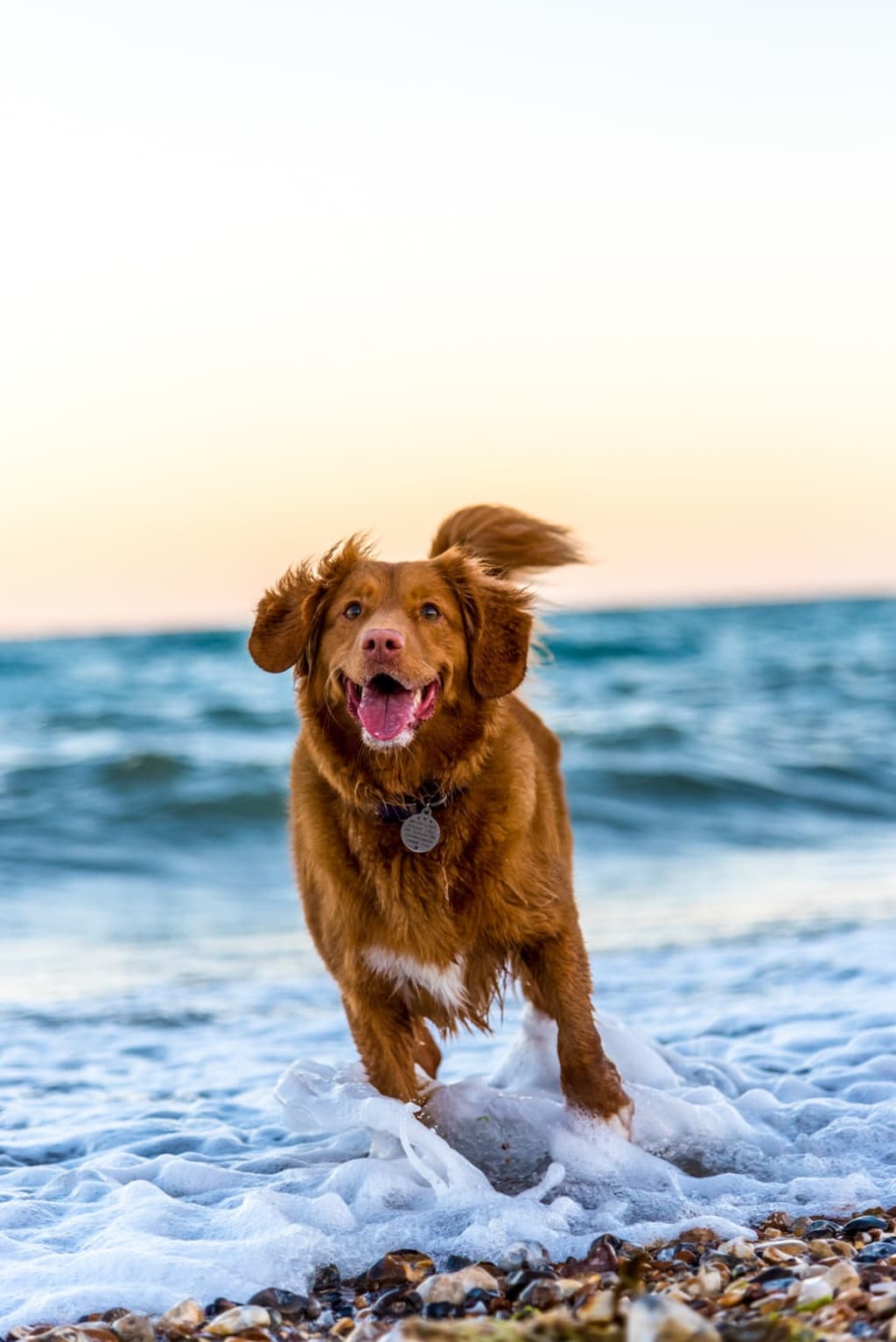
A dog’s behavior can be modified, but you have to be patient during the training process; the dog’s behavior will not change overnight. The following sections describe methods you can use to identify and treat an aggressive dog.
1. Avoid Harsh Punishment
Whenever your pet begins acting up, you should always avoid punishing the dog with physical violence. If you hit or scream at the top of your lung when the animal growls, you may increase its aggressive attitude and accelerate a violent attack. It’s crucial to use firm commands when the dog becomes aggressive but avoid extreme punishment that will frighten the animal and weaken its trust in you. You cannot form a bond with a dog and manage its aggression if you injure the dog physically or mentally.
2. Engage in Playtime
Decreasing your dog’s aggression may take some time, but it’s essential to engage in activities with your best friend each day. Dogs crave attention, and some become more aggressive when they’re ignored. Play catch with your dog, go for a walk or play a game with its favorite toy. When you work on training your aggressive pet, the animal benefits greatly from playtime. Domesticated pets are similar to humans in the sense that they are both social creatures. Isolation and abuse have devastating effects on a dog’s mental acuity, and some pets seem fine when you give them attention but become resentful and angry during long periods of neglect.
3. Introduce Rewards
One method that helps decrease aggression is rewarding the pet when it responds to your commands or restrains its aggression. Rewards are a large part of any training program, and even overly aggressive animals can learn to deescalate their erratic behavior. For instance, if your pet reacts wildly to strangers, you can gradually pull the animal back until it calms down. When the dog relaxes, reward it and gradually move closer to the stranger. As soon as its temper flares, pull the animal back a couple of feet and repeat the process. Without rewards, your dog will not learn the difference between appropriate and inappropriate behavior.
4. Determine the Source of Aggression
Several factors influence an animal’s aggression. Determining the reason for your pet’s anger will help you devise ways to alter or correct its aggression. The following list displays possible reasons for aggressive outbursts.
Prior physical abuse
Prior mental abuse
Territorial aggression
Defense of an injury
Protecting an owner
Antisocial behavior around animals
Older, adopted dogs often suffer trauma inflicted by previous owners, and they usually require a longer period of rehabilitation and sometimes need professional help. If your dog’s attitude is out of your control, an experienced vet and trainer can treat the animal and formulate steps you must take to help its recovery.
5. Treat the Aggression
After you discover the source of the aggression, you can begin training your dog to temper its attitude. If the animal cannot socialize with other pets, you can try to keep the animals separate and gradually allow them to roam in closer proximity. Animals won’t become fast friends if they don’t like each other, but they can learn to exist in the same house if you take small steps to make the animals feel more comfortable around each other. If one dog attacks out of jealously when the other dog is pampered, you can avoid the situation by playing with the animals separately. During the training, you may have to use a restraint on your pet, but it’s essential to know how to use restraints safely.
6. Safely Use Restraints
Depending on the severity of your dog’s anger, you may have to use a restraint to protect him and others during the training process. Leashes, muzzles, and choke collars can be effective tools but be sure that the devices are correctly attached. Restraints should not hurt the animal. Aggressive dogs are not beyond help, and with a little love and patience, you can help your pet and keep your family safe.






Comments
There are no comments for this story
Be the first to respond and start the conversation.